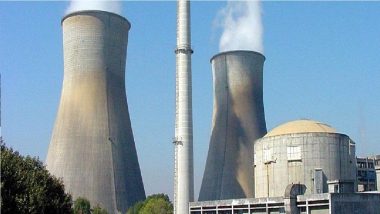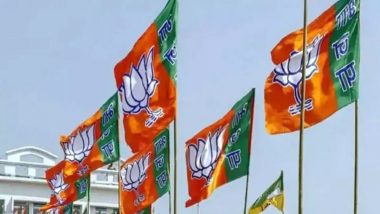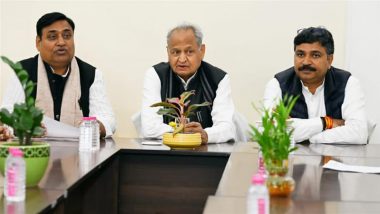Mumbai, September 20: The Rajasthan Atomic Power Project's Unit 7 (RAPP-7) achieved the significant milestone of 'criticality', or the start of controlled fission chain reaction, at the indigenously designed plant, officials said here on Friday. The RAPP-7 - of the twin RAPP-7/8 units with a 2x700 MW capacity – attained criticality at 10.42 p.m. on Thursday, after clearing the First Approach to Criticality by the Atomic Energy Regulatory Board (AERB), the Nuclear Power Corporation of India Ltd (NPCIL) said.
The RAPP-7 is the third in the series of 16 indigenous Pressurised Heavy Water Reactors (PHWR) of 700 MW each, being set up by the nuclear plant operator NPCIL in the country. The first two 700 MW PHWRs are operational in KAPS 3/4 at Kakrapar in Gujarat, followed by the RAPP-7, coming up at Rawatbhata in Rajasthan. Criticality for the first time on the project timeline marks the completion of the construction phase and commencement of the operation phase, the official said. Now, it will undergo various important experiments and tests before it is connected to the grid and the power level will be raised in steps to full power, as per the clearances from the AERB. Fuel Loading Begins at India’s Second 700 MW Nuclear Power Unit at Kakrapar Atomic Power Station.
After these steps, the RAPP-7 is expected to start power generation this year, followed by RAPP-8 during the next year. For the RAPP-8, the erection of equipment and components is currently in progress, feeder erection is completed, and the start-up transformer is charged. The RAPP-7/8 are India’s second pair of indigenous nuclear power plants of 700 MW unit size each. The successful Criticality of RAPP-7 - after the smooth operation of the first two 700 MW PHWRs in Kakrapar - demonstrates the maturity achieved by NPCIL in the design, construction and operation of the indigenous 700 MW PHWRs. Heatwaves Push India’s Power Demand to Seasonal Peak; Delhi Sets Record Intake at 7,717 MW; Highest Ever in the History of National Capital.
RAPP-7/8 are coming up at Rawatbhata (near Kota) where already 6 units with a total capacity of 1,180 MW are in operation, and are part of the NPCIL’s 24 reactors with a total capacity of 8,180 MW, besides 8 units including RAPP-7, with a total capacity of 6,800 MW under-construction. Besides, another 10 reactors with a total capacity of 7000 MW are in the pre-project activities and are expected to be completed progressively in the next eight years (2031-2032). The NPCIL’s reactors are coming up in Rajasthan, Gujarat, and Haryana, and are currently under various stages of construction.
(The above story first appeared on LatestLY on Sep 20, 2024 03:32 PM IST. For more news and updates on politics, world, sports, entertainment and lifestyle, log on to our website latestly.com).













 Quickly
Quickly





















